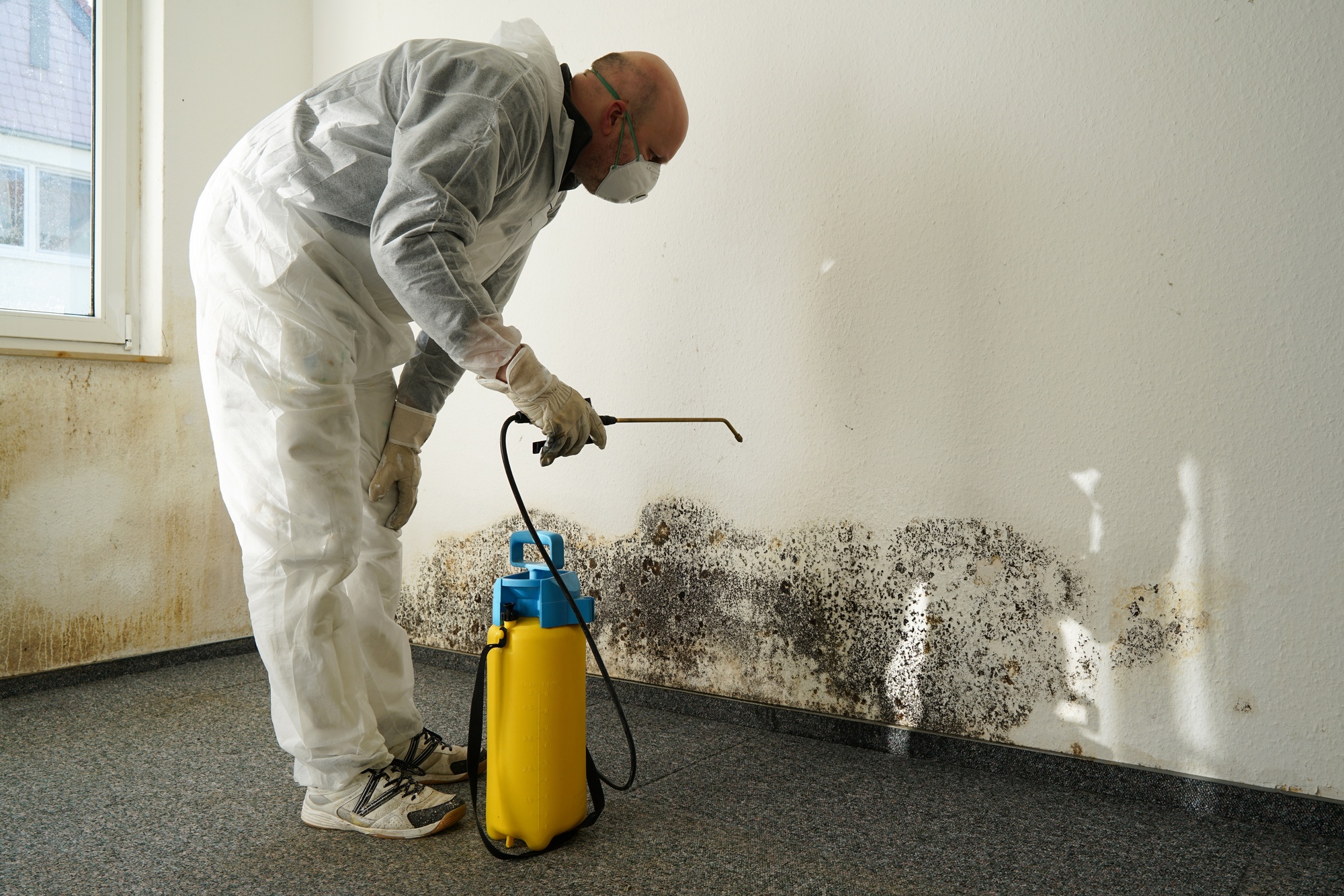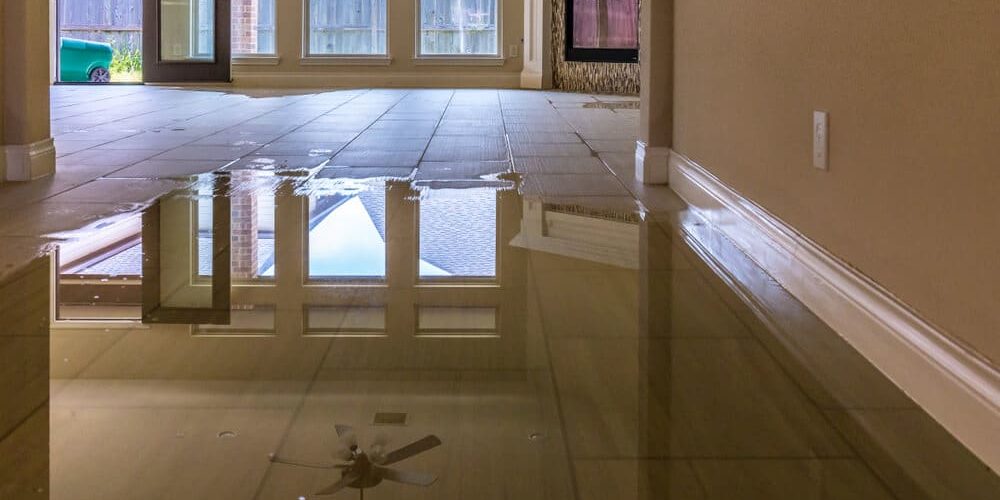Quick Response Emergency Water Leak Repair for Residential and Commercial Needs
The Refine of Water Damage Cleaning: Guaranteeing Your Home Is Restored Efficiently
Water damages can be a daunting obstacle for home owners, requiring a meticulous and structured cleanup procedure to restore safety and security and functionality. Initially, an extensive analysis is crucial to identify the extent of the damages and establish the appropriate removal steps. Following this, effective water removal techniques play a pivotal function in alleviating additional harm. Nevertheless, the subtleties of drying, disinfecting, and ultimate restoration are similarly crucial and commonly ignored. Recognizing these phases can make a considerable distinction in the end result of your home's reconstruction, motivating a closer take a look at what each step entails.
Examining the Damage
Upon discovering water damage, the primary step is to completely evaluate the level of the effect. This initial evaluation is crucial, as it helps establish the needed actions for reliable clean-up and reconstruction. Begin by evaluating the affected locations, consisting of walls, ceilings, floorings, and personal items, to determine the resource of the water intrusion, whether from flooding, leaks, or condensation.
Recording the damages is important for both insurance claims and intending reconstruction efforts - damage restoration services. Usage photographs and created notes to catch the intensity of the damage, keeping in mind any damaged structural components and materials. Pay unique interest to areas that might not be quickly noticeable, such as behind walls and under carpets, as concealed moisture can bring about more difficulties, including mold and mildew development
Furthermore, examine the timeline of the water exposure. The longer the materials remain wet, the higher the potential for damage. Recognizing the duration of direct exposure will certainly notify the urgency of remediation initiatives. Eventually, an extensive analysis prepares for an effective water damages cleaning procedure, making certain that all influenced areas are dealt with effectively and thoroughly.
Water Removal Strategies

Professionals generally utilize completely submersible pumps for bigger volumes of water, which can swiftly ease flooding in cellars or various other influenced locations. For smaller amounts, wet/dry vacuum cleaners are usually made use of to remove recurring dampness from rugs and hard surfaces. Furthermore, utilizing portable extractors enables targeted elimination in restricted spaces or areas with delicate products.
In circumstances of polluted water, such as sewer or floodwater, progressed extraction methods may involve using biohazard devices to make certain safety and security and conformity with wellness guidelines. High-powered removal devices are vital in reducing water retention in structural materials, which can bring about mold growth and structural wear and tear if not addressed quickly.
Ultimately, the efficiency of water removal strategies plays a critical function in the general success of the water damage cleaning process, preparing for succeeding repair efforts.
Drying and Dehumidification
As soon as standing water has actually been successfully removed, the next crucial stage in the water damage cleanup process is drying and dehumidification. This action is necessary to avoid further damage and mold and mildew development, which can take place within 24 to 48 hours in damp settings.
To achieve effective drying out, specialized equipment such as industrial-grade air movers and dehumidifiers is utilized. Air movers circulate air across wet surface areas, enhancing dissipation rates, while dehumidifiers minimize moisture degrees airborne, advertising a conducive setting for drying. The combination of these devices ensures that moisture is attracted out from home furnishings, walls, and floorings, allowing them to dry thoroughly.
It is important to check the drying procedure very closely. Specialists often make use of wetness meters to examine the dampness content in numerous materials, making sure that all impacted locations reach appropriate dryness degrees. This thorough approach aids to avoid covert wetness pockets that can result in structural damage or undesirable mold and mildew development.

Cleaning and Disinfecting
After the drying and dehumidification phase is complete, the following essential action in water damages clean-up is cleaning up and disinfecting the influenced areas. This process is crucial to stop the growth of mold and mildew, click reference microorganisms, and other virus that thrive in wet atmospheres.
The cleaning phase usually entails getting rid of any debris, dust, and impurities from surface areas making use of specialized cleaning up agents. For tough surfaces, a mix of soap and water or business cleaning products is frequently utilized. Soft products, such as upholstery and carpetings, may need much more extensive cleansing techniques, consisting of vapor cleaning or deep extraction strategies, to ensure extensive sanitation.

Sanitizing follows cleansing, making use of EPA-approved disinfectants to get rid of dangerous microorganisms. This action is vital, particularly in areas that might have entered contact with floodwaters or sewage, as these resources can posture major health dangers.
Additionally, it is essential to attend to any type of remaining smells, which might need using odor neutralizers or sophisticated methods like ozone therapy. Proper cleaning and sanitizing not just recover the safety and security and health of your home yet likewise lay the foundation for effective reconstruction and repair work in succeeding stages of the water damage clean-up procedure.
Repair and Repair Work

Once the evaluation is full, restoration efforts can start. This commonly involves fixing or changing broken materials, ensuring that all job adheres to local building codes and standards. For circumstances, if drywall has actually been endangered, it will certainly require to be eliminated and replaced with new material. Additionally, floor covering might call for comparable attention, depending on the level of water direct exposure.
It is important to involve experienced restoration experts throughout this process, as they have the proficiency to deal with complex repair services effectively. They can aid alleviate possible future Get More Information problems, such as mold growth or architectural instability, thus making sure a risk-free and habitable living environment. Eventually, effective remediation and repair work restore the home's stability and enhance its general worth.
Verdict
In final thought, the process of water damage cleanup is essential for restoring a home to its pre-damage condition. Each phase, from evaluating the damage to implementing effective water removal strategies, adhered to by thorough drying, sanitizing, and needed repair services, plays an important duty in ensuring security and compliance with structure standards. Effective implementation of these steps not just reduces immediate damages however also improves the long-lasting integrity and worth of the home.
Water damage can be a daunting difficulty for house owners, necessitating a meticulous and organized clean-up process to bring back security and performance. Inevitably, a comprehensive evaluation lays the foundation for an effective water damage cleaning procedure, guaranteeing that all affected areas are attended to properly and completely.
Effective water extraction strategies are essential in alleviating damage and protecting against further difficulties adhering to a water intrusion occasion.In verdict, the procedure of water damages clean-up is essential for restoring a home to its pre-damage problem. Each stage, from evaluating the damage to executing efficient water removal strategies, followed by thorough drying, sterilizing, and needed fixings, plays an essential function in ensuring safety and conformity with structure standards.